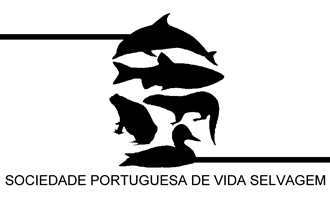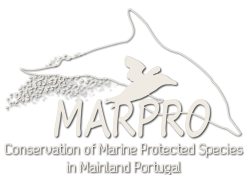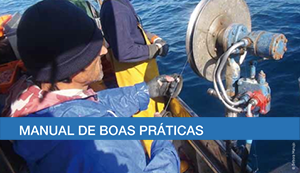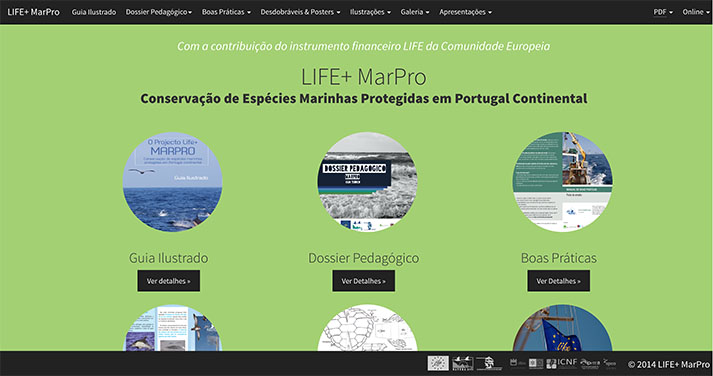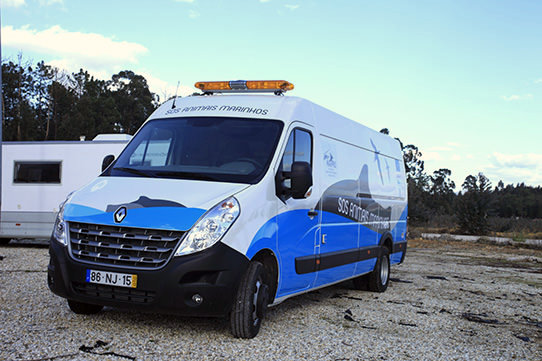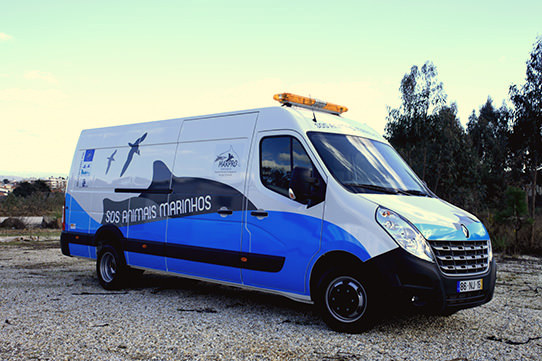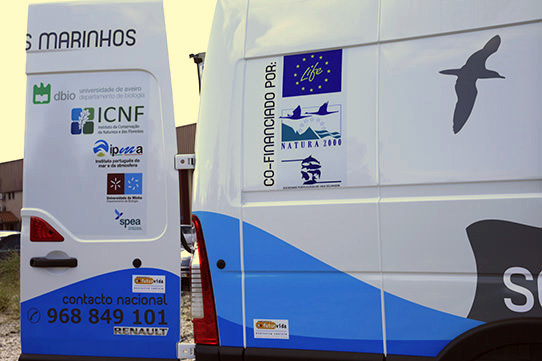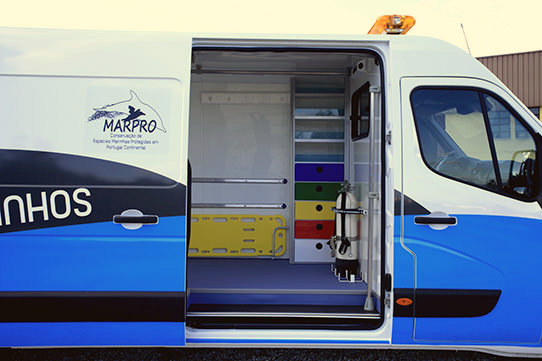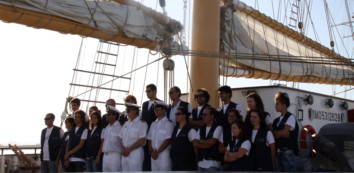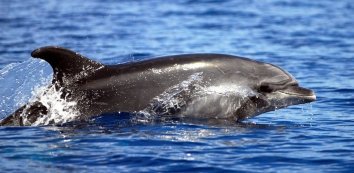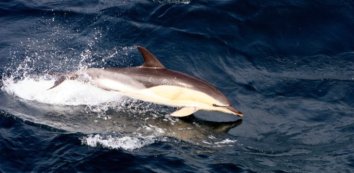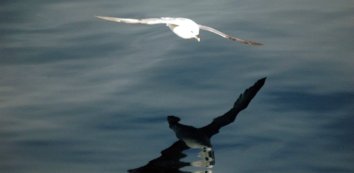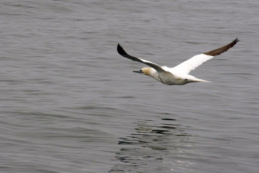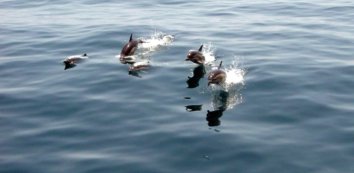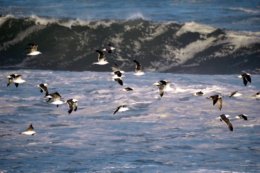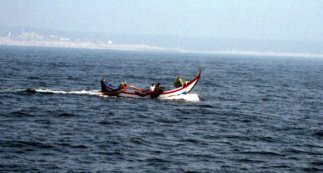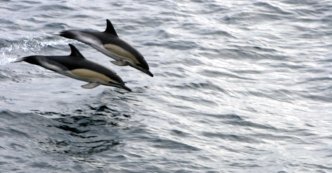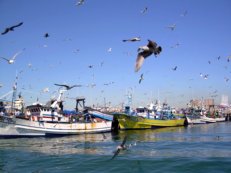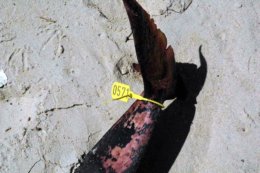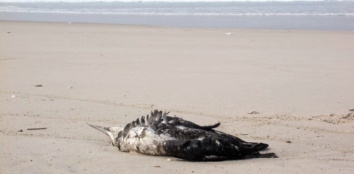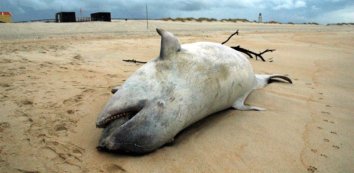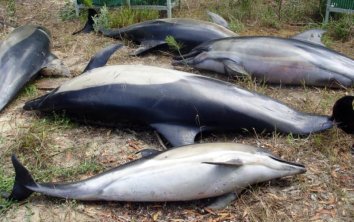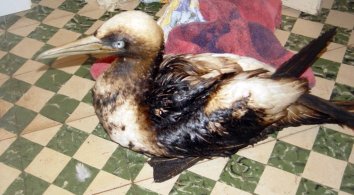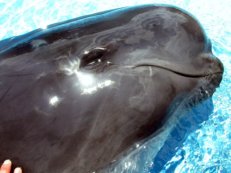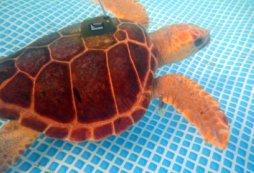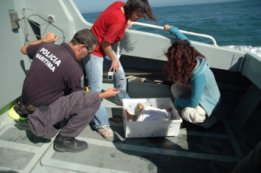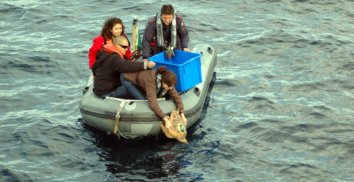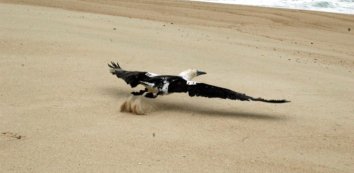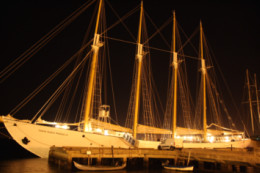Seagulls are biomonitoring tools for anthropogenic pollution, such as oil spills, and for toxic natural occurring substances, such as marine biotoxins. Seagulls can travel across an entire hemisphere, being quite resilient under adverse conditions, including the occurrence of high levels of pollution.
Within the LIFE+ MarPro project, a colour ringing scheme was implemented focusing on
Yellow-legged Gulls and
Lesser Black-backed Gulls in order to monitor their survival after their recovery at the rehabilitation center CRAMQ. Monitoring the success of the rehabilitation process and of the type of displacements they are able to make, allows us to formulate better estimates of the potential effect of high levels of pollution in the ocean.
If you find a ringed bird, please send us the ring code and other info at http://bit.ly/marprolife-ring-recovery or http://blx1.bto.org/euring/lang/pages/[email protected]
The blue arrows indicate seagulls that were ringed at the rehab center while red arrows indicate rings from other countries that have been registered in the same geographic area. The seagull, in the photo, bearing the ring M012 was sighted in Guernsey, UK, by Paul Veron
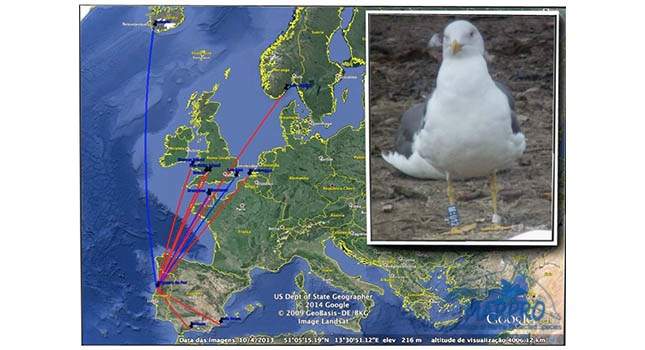
 Português
Português English
English
